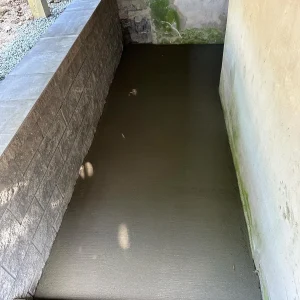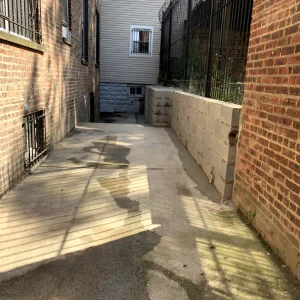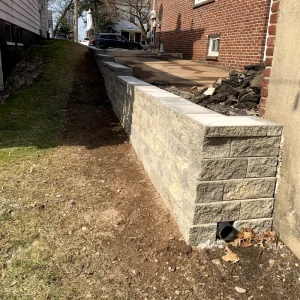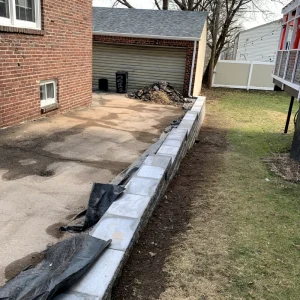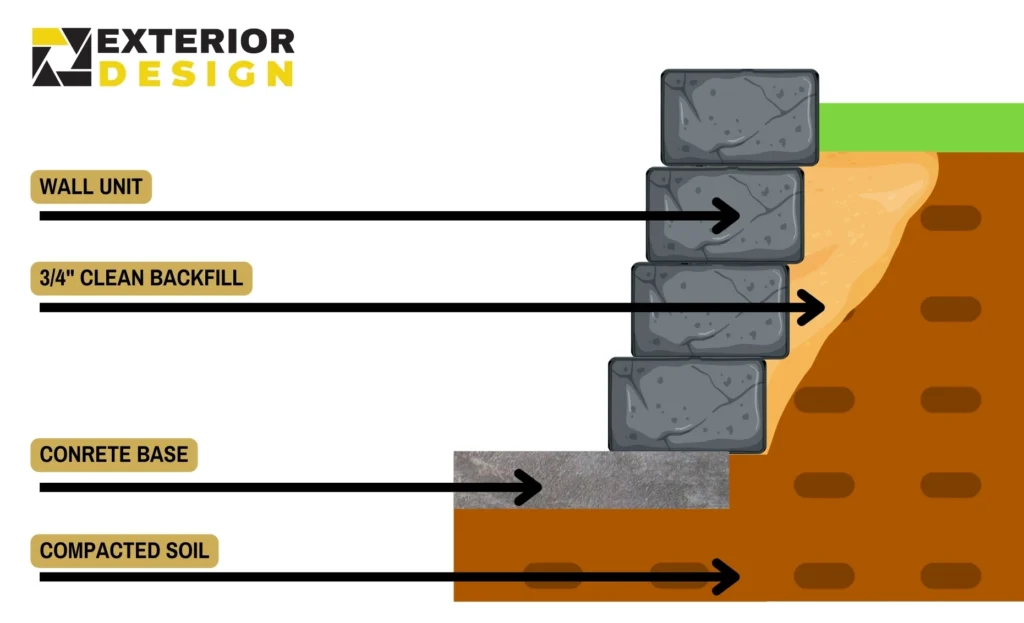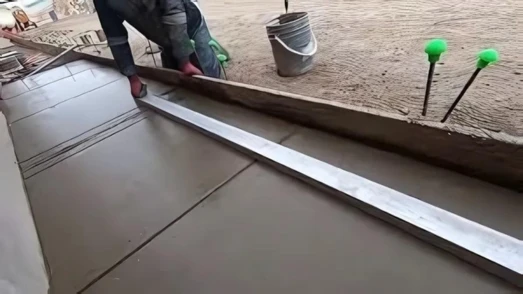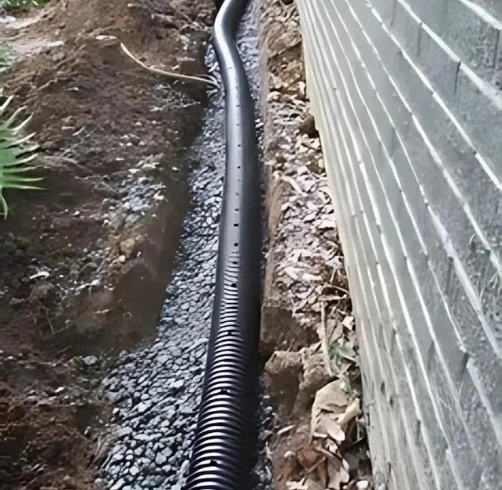
Retaining Walls
Happy Customer
Appreciation
Project Done
Pro Team
What's beneath our Retaining Walls
At Exterior Designs Masonry, we build retaining walls following industry standards to ensure stability and durability. Depending on the specific project, some walls require a stone footing while others need a concrete footing for optimal support. Additionally, we use high-quality filter fabric to separate the footing from the underlying ground, ensuring long-lasting performance.
What Size Wall Do You Need?
The first step in building a retaining wall is removing the existing one if present. Retaining walls come in various sizes: smaller walls (1-2 feet tall) for holding back a small section of your lawn, medium walls (3-4 feet tall), larger walls (over 4 feet), and even multi-tiered wall systems for more complex landscaping needs. Each wall size is designed to provide the necessary support based on the terrain and landscaping goals.
Footings
The Process as We Build Upward
Specs
The specifications for your retaining wall depend on factors like location and wall height. In some cases, an engineer may be required to assess the wall for strength and stability based on local conditions. Retaining walls can be built from various materials. One of the more affordable options is using railroad ties (wood), but over time, these can rot and fail. Another option is Wallstone, which is stacked vertically; while effective, it doesn’t perform as well under pressure compared to a stepped retaining wall system. Retaining walls not only offer structural support but also add visual appeal and functionality to your yard. When exploring your options, it’s essential to research retaining wall companies to ensure a quality installation.

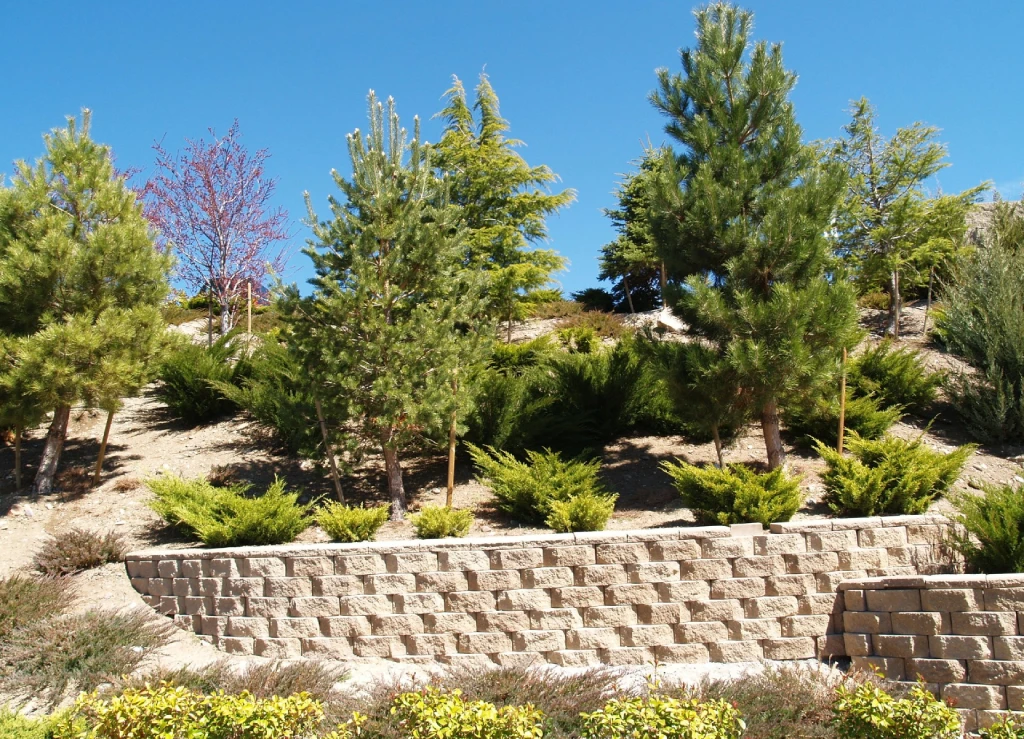
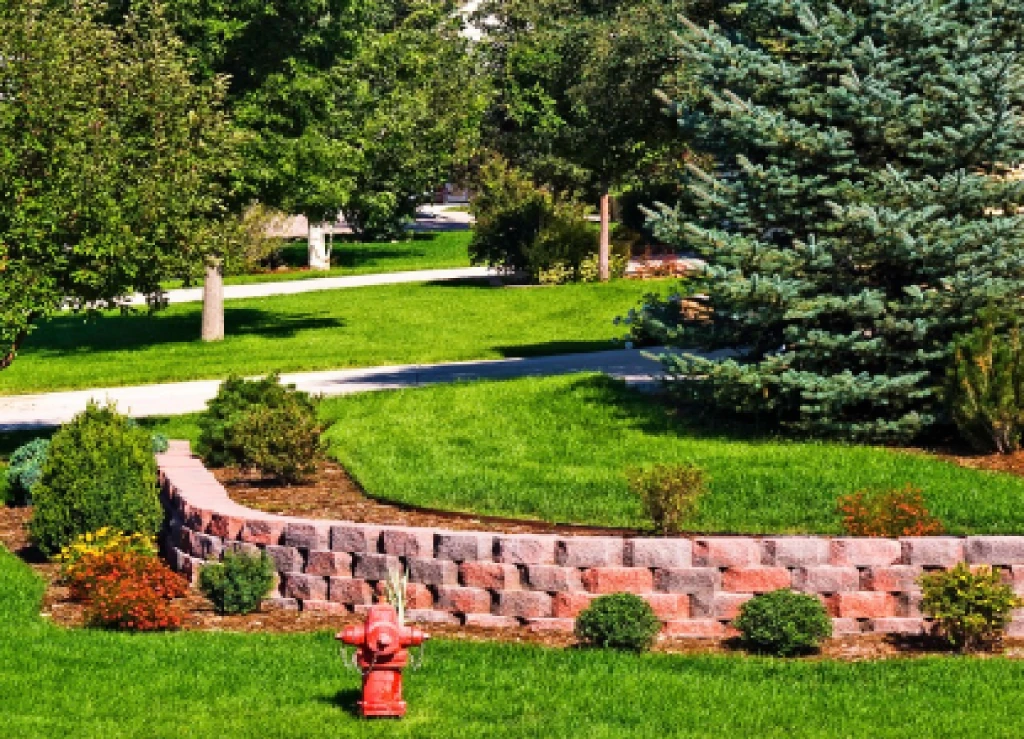
We offer high-quality
 With extensive experience in building retaining walls, we transform your outdoor spaces by ensuring both stability and style. Whether for securing sloped terrain or adding a striking architectural feature, we use high-quality materials and specialized techniques to ensure durable and aesthetically pleasing structures.
With extensive experience in building retaining walls, we transform your outdoor spaces by ensuring both stability and style. Whether for securing sloped terrain or adding a striking architectural feature, we use high-quality materials and specialized techniques to ensure durable and aesthetically pleasing structures.
 We exclusively utilize premium materials for our concrete work. We never compromise on quality, ensuring that you receive the best possible product. The choice of material is tailored to each specific project’s requirements.
We exclusively utilize premium materials for our concrete work. We never compromise on quality, ensuring that you receive the best possible product. The choice of material is tailored to each specific project’s requirements.
 At Exterior Designs Masonry, we offer a wide range of services, including installations, maintenance, and repairs. Our team of highly skilled specialists has the experience and expertise to excel in every aspect of our work. You can rely on us to handle all your needs with precision and professionalism, ensuring you receive the most durable and reliable results possible.
At Exterior Designs Masonry, we offer a wide range of services, including installations, maintenance, and repairs. Our team of highly skilled specialists has the experience and expertise to excel in every aspect of our work. You can rely on us to handle all your needs with precision and professionalism, ensuring you receive the most durable and reliable results possible.
 At Exteriors Designs Masonry, we prioritize your satisfaction and are dedicated to delivering exceptional service. Whether it involves answering your questions or keeping you informed with timely updates, we take every measure to ensure your needs are met and that you receive the highest level of care.
At Exteriors Designs Masonry, we prioritize your satisfaction and are dedicated to delivering exceptional service. Whether it involves answering your questions or keeping you informed with timely updates, we take every measure to ensure your needs are met and that you receive the highest level of care.
 We acknowledge the importance of budget considerations, and that’s why we offer cost-effective rates for all our concrete services. When you choose Exteriors Designs Masonry, you can have confidence in receiving the best value for your investment.
We acknowledge the importance of budget considerations, and that’s why we offer cost-effective rates for all our concrete services. When you choose Exteriors Designs Masonry, you can have confidence in receiving the best value for your investment.
Our Reputation
Read what our happy customers are saying about their experience of working with us.
EXCELLENTBased on 24 reviews Trustindex verifies that the original source of the review is Google.
Trustindex verifies that the original source of the review is Google. Tony Crudele2024-07-27Very satisfied with exterior design. Built a retaining wall and installed pavers for my backyard. Best thing about them is how they communicated and how they care for their.Trustindex verifies that the original source of the review is Google.
Tony Crudele2024-07-27Very satisfied with exterior design. Built a retaining wall and installed pavers for my backyard. Best thing about them is how they communicated and how they care for their.Trustindex verifies that the original source of the review is Google. James Ricci2024-04-14Had Max come out for an estimate on my driveway. From start to finish these guy know what value means. Gave me a free Design and my Paver Driveway came out amazing! Wholeheartedly recommend them.Trustindex verifies that the original source of the review is Google.
James Ricci2024-04-14Had Max come out for an estimate on my driveway. From start to finish these guy know what value means. Gave me a free Design and my Paver Driveway came out amazing! Wholeheartedly recommend them.Trustindex verifies that the original source of the review is Google. Annette Williams2023-06-30I had Exterior Designs come and replace my garage cement floor. My garage cement floor had been damaged by a tree root that was uplifting it. I called and spoke with Max and he came out to give me an estimate and explained what the job in detail would consist of. I was reassured by the break down of the job description and Max and his team came out once the weather permitted. The guys replaced my cement floor and it was done professionally and very neat and clean. I would most definitely hire them again for future projectsTrustindex verifies that the original source of the review is Google.
Annette Williams2023-06-30I had Exterior Designs come and replace my garage cement floor. My garage cement floor had been damaged by a tree root that was uplifting it. I called and spoke with Max and he came out to give me an estimate and explained what the job in detail would consist of. I was reassured by the break down of the job description and Max and his team came out once the weather permitted. The guys replaced my cement floor and it was done professionally and very neat and clean. I would most definitely hire them again for future projectsTrustindex verifies that the original source of the review is Google. Mike Secor2023-06-22Looking to transform your backyard? Max Ruiz and his team at Exteriors Designs LLC are the experts to call! They blend professionalism, expertise, and commitment seamlessly to deliver top-notch results. My house is smack-dab in the middle of a busy city, with narrow streets and alleyways - a real headache for any renovation job. But Max and his team? They worked wonders. They didn't let the lack of space for heavy machines slow them down. Instead, they tackled everything by hand, making the challenging situation look like a breeze. Their skills really shone through when they laid down geotextile fabric and crushed gravel, leveling out my yard and setting the stage for what was to come. They added paving stones, which instantly gave my yard an inviting and cool vibe. But they didn't stop there. They built a cozy gazebo - my new favorite hangout spot. Plus, they added a practical, yet good-looking, retaining wall at the back of my yard. What stuck with me was Max's dedication. When a minor issue popped up post-construction, he personally came back to sort it out. He really goes the extra mile to ensure his clients are happy. To wrap it up, Max Ruiz and his team at Exteriors Designs LLC are the go-to guys for any landscaping needs. They totally transformed my backyard, and I wholeheartedly recommend them. A huge shout-out to Max for turning my backyard into my own slice of paradise! Check out the before and after!Trustindex verifies that the original source of the review is Google.
Mike Secor2023-06-22Looking to transform your backyard? Max Ruiz and his team at Exteriors Designs LLC are the experts to call! They blend professionalism, expertise, and commitment seamlessly to deliver top-notch results. My house is smack-dab in the middle of a busy city, with narrow streets and alleyways - a real headache for any renovation job. But Max and his team? They worked wonders. They didn't let the lack of space for heavy machines slow them down. Instead, they tackled everything by hand, making the challenging situation look like a breeze. Their skills really shone through when they laid down geotextile fabric and crushed gravel, leveling out my yard and setting the stage for what was to come. They added paving stones, which instantly gave my yard an inviting and cool vibe. But they didn't stop there. They built a cozy gazebo - my new favorite hangout spot. Plus, they added a practical, yet good-looking, retaining wall at the back of my yard. What stuck with me was Max's dedication. When a minor issue popped up post-construction, he personally came back to sort it out. He really goes the extra mile to ensure his clients are happy. To wrap it up, Max Ruiz and his team at Exteriors Designs LLC are the go-to guys for any landscaping needs. They totally transformed my backyard, and I wholeheartedly recommend them. A huge shout-out to Max for turning my backyard into my own slice of paradise! Check out the before and after!Trustindex verifies that the original source of the review is Google. Amir Djabini2023-05-31We wholeheartedly endorse Max and his team of exceptional professionals for their remarkable expertise in exterior design, paving, and backyard remodeling. Their level of professionalism is commendable, as they offer invaluable services along with the finest selection, design, ordering, delivery, onsite preparation, installation, and meticulous clean-up. Their unwavering attention to detail consistently yields exquisite results, pleasing both homeowners and businesses alike. Personally, I highly recommend their services for anyone seeking a second opinion or a hassle-free, top-notch job.Trustindex verifies that the original source of the review is Google.
Amir Djabini2023-05-31We wholeheartedly endorse Max and his team of exceptional professionals for their remarkable expertise in exterior design, paving, and backyard remodeling. Their level of professionalism is commendable, as they offer invaluable services along with the finest selection, design, ordering, delivery, onsite preparation, installation, and meticulous clean-up. Their unwavering attention to detail consistently yields exquisite results, pleasing both homeowners and businesses alike. Personally, I highly recommend their services for anyone seeking a second opinion or a hassle-free, top-notch job.Trustindex verifies that the original source of the review is Google. Martha Isabel Velasco Varona2023-05-31Great company, very reasonably priced! Max and team were exceptional.. He explained everything and made sure we knew exactly what we were getting. Max and all his crew were fantastic because they're all very hard workers, and we're thrilled with the end result. I was very concerned about our new patio (hardscaping & landscaping, shrubs, etc.), and they made sure that everything was tarped and looked after. Max's level of service, communication, responsiveness, and attention to detail exceeded all expectations.. Everything was cleaned up perfectly! I highly recommend them.Trustindex verifies that the original source of the review is Google.
Martha Isabel Velasco Varona2023-05-31Great company, very reasonably priced! Max and team were exceptional.. He explained everything and made sure we knew exactly what we were getting. Max and all his crew were fantastic because they're all very hard workers, and we're thrilled with the end result. I was very concerned about our new patio (hardscaping & landscaping, shrubs, etc.), and they made sure that everything was tarped and looked after. Max's level of service, communication, responsiveness, and attention to detail exceeded all expectations.. Everything was cleaned up perfectly! I highly recommend them.Trustindex verifies that the original source of the review is Google. Darwin Reyes2023-05-05This company did restoration in my for our office. I love it. Will higher then again!Trustindex verifies that the original source of the review is Google.
Darwin Reyes2023-05-05This company did restoration in my for our office. I love it. Will higher then again!Trustindex verifies that the original source of the review is Google. Dito2023-04-01Amazing Outdoor Design and Build Project completed all in 4 weeks. The team is efficient and very thorough. Their planning is great so once they come there is no time wasted. Highly recommendTrustindex verifies that the original source of the review is Google.
Dito2023-04-01Amazing Outdoor Design and Build Project completed all in 4 weeks. The team is efficient and very thorough. Their planning is great so once they come there is no time wasted. Highly recommendTrustindex verifies that the original source of the review is Google. Sheetal Sawhney2022-12-08Very professional and responsive. Good quality work at great value. I highly recommend them.
Sheetal Sawhney2022-12-08Very professional and responsive. Good quality work at great value. I highly recommend them.

